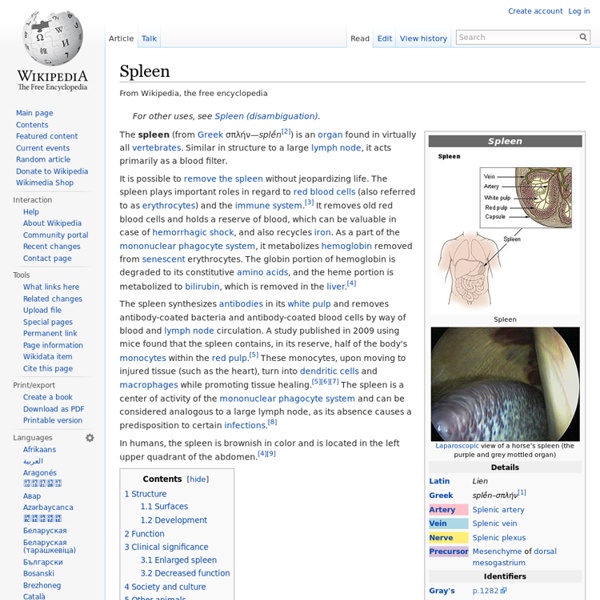Symbols in books of alchemy
Sources: Wd1426, Wd1421A, Wv149, Ws2541A Wd1426, a book of alchemical recipes, has caused us to add some additional symbols to our inventory of character entities: signs for substances antimony and sal armoniac; the elements fire and water; and the syllabics "subli-" and "precipi-" (found in sublimate, precipitate, etc.). We've also gone ahead and added the elemental symbol for earth, on the assumption that it will eventually appear in our books as well. Addendum, June 2002: Wd1421A employs the same set of symbols. Addendum, February 2003: Wv149 adds symbols for sulphur, oil, and ? Addendum, December 2003: added two symbols found in a strange non-chemical book Ws2541A, viz. salt and saltpetre Addendum, August 2007: added many symbols found in WN241 (img 195 for convenient table), and had also earlier been mostly found in another book (unidentified...) Addendum, Sept 2011: added some symbols from a chart of abbreviations from WB1088 Some sample transcriptions Alchemical signs Elements Metals
Submucosal glands
Submucosal glands can refer to various racemose exocrine glands of the mucous type. These glands secrete mucus to facilitate the movement of particles along the body's various tubes, such as the throat and intestines. The mucosa is the lining of the tubes, like a kind of skin. Submucosal means that the actual gland resides in the connecting tissue below the mucosa. The submucosa is the tissue that connects the mucosa to the muscle outside the tube. The glands themselves are quite complex. The submucosal glands are a companion to goblet cells which also produce mucus, and are found lining the same tubes.[2] In the upper respiratory system of mammals there are submucosal glands in the airways, notably in the sinuses, the trachea and the bronchial tubes.[1]In the visual systems of mammals.In the auditory systems of mammals.In the throat there are the esophageal glands, the submucosal glands of the esophagus.For the intestine there are Brunner's glands, the submucosal glands of the duodenum.
Red pulp macrophages (sinusoidal lining cells)
9-2 (2003): Visualization in Medieval Alchemy
Barbara Obrist* Abstract: This paper explores major trends in visualization of medieval theories of natural and artificial transformation of substances in relation to their philosophical and theological bases. The function of pictorial forms is analyzed in terms of the prevailing conceptions of science and methods of transmitting knowledge. 1. Visualization in medieval alchemy is a relatively late phenomenon. The notion of visualization includes a large spectrum of possible pictorial forms, both verbal and non-verbal. Figure 1: Venise, Biblioteca nazionale Marciana, ms. gr. 299, fol. 188v (tenth to eleventh century). Figure 2: Nürnberg, Germanisches Nationalmuseum, ms. 80 061, p. 158 (ca 1420). Whether they are composed of words or of lines, the basic forms of diagrammatic figures of alchemical documents are rectangular and circular. 2. (3) The relation between nature and art was conceived in Aristotelian terms of mimesis: art imitates and completes but never replaces nature. 3. 4. 5.
Skene's gland
Glands located on the anterior wall of the vagina In female human anatomy, Skene's glands or the Skene glands ( SKEEN, also known as the lesser vestibular glands, paraurethral glands[1]) are glands located around the lower end of the urethra. The glands are surrounded by tissue that swells with blood during sexual arousal, and secrete a fluid from openings near the urethra, particularly during orgasm. Structure and function[edit] In an amount of a few milliliters, fluid is secreted from these glands when stimulated from inside the vagina.[8][9] Female ejaculation and squirting (secretion of large amounts of fluid) are believed by researchers to be two different processes. They may occur in combination during orgasm. Clinical significance[edit] Disorders of the Skene's glands may include: Infection (called skenitis, urethral syndrome, or female prostatitis)[11]Skene's duct cyst: lined by stratified squamous epithelium, the cyst is caused by obstruction of the Skene's glands. History[edit]
See Also
Creative Destruction: Think like a Forest!
The phrase “creative destruction” has become a common one as economies and nations struggle to adjust in the aftermath of the Crash of ’08. It was Joseph Schumpeter who coined the expression to describe the workings of capitalism, and citations of the maverick economist seem to have soared in recent years. Schumpeter himself has been called a “living contradiction”, oscillating as he did between the twin poles of political economy – history and theory. In the early years of the 20th Century, a great battle was fought between the two. Schumpeter never came up with a theoretical framework to support his heterodox views. Turn to Nature In this guest blog the writer David K Hurst explores how creative destruction in business can be inspired by nature. Nature supplies an answer. It all begins at the extreme left in an “open patch,” a space in the ecosystem that provides equal access to sun and rain. In this idealized forest succession the softwood trees are succeeded by the hardwood trees.
Supraorbital gland
Salt gland of a bird and its inner structure Living in saltwater environments would naturally pose a large problem for penguins because the ingestion of saltwater would be detrimental to a penguin's health. Although penguins do not directly drink water, it is taken in when they engulf prey. As a result, saltwater enters their system and must be effectively excreted. The penguin excretes the salt byproduct as a brine through its bill. See also[edit] References[edit] External links[edit]



